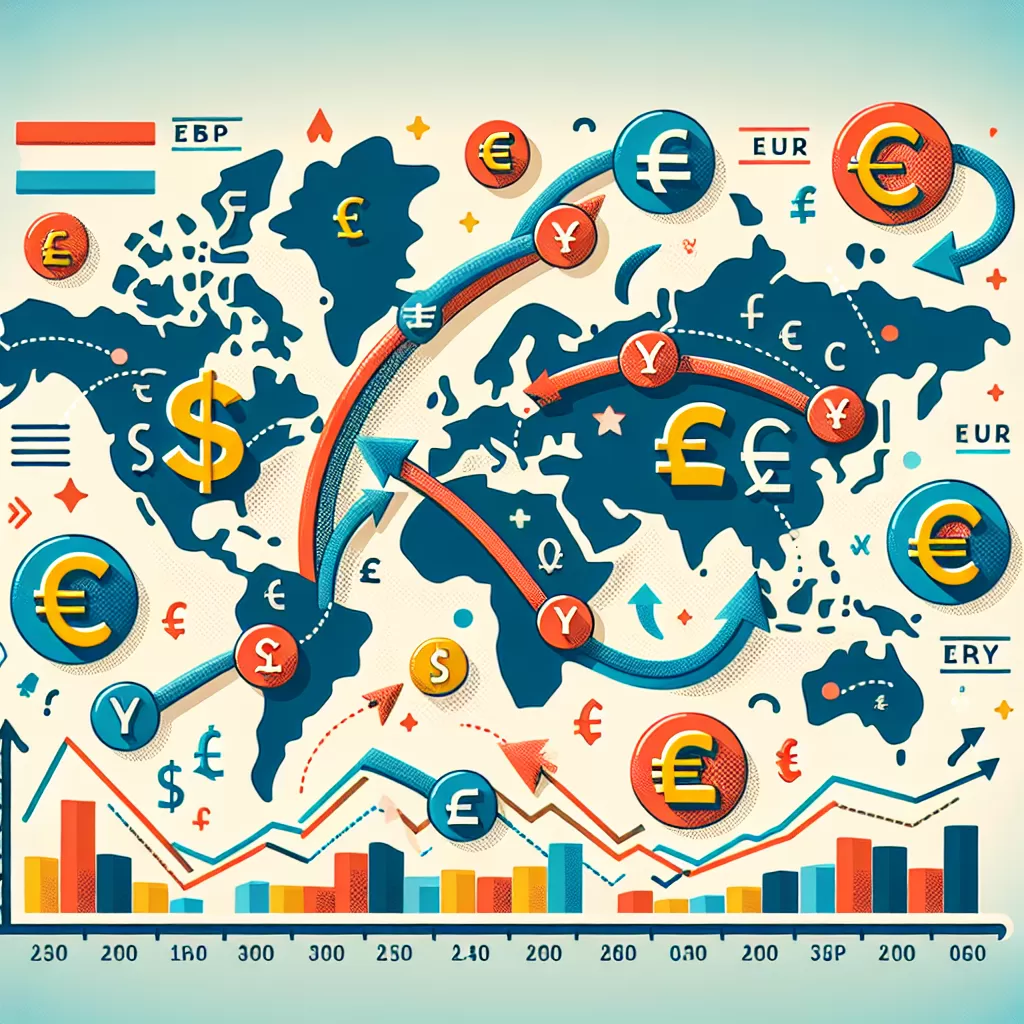What Are Foreign Exchange Rates
Follow Currency Mart April 10, 2024
Where to purchase Foreign Currencies?

Introduction to Foreign Exchange Rates
Foreign exchange rates are the rates at which one currency can be exchanged for another. They play a crucial role in the global economy, facilitating international trade and investment by making it possible to compare the value of different currencies. These rates are dynamic and fluctuate constantly due to a multitude of factors such as economic indicators, political developments, market speculation, and central bank policy.Understanding Foreign Exchange Rates
At its core, a foreign exchange rate is the price of one currency in terms of another. It represents how much of one currency is needed to purchase a unit of another currency. For instance, if the CAD/USD exchange rate is 0.81, it implies that 1 Canadian dollar is equal to 0.81 US dollars. There are two main types of rates in the foreign exchange market: the spot rate and the forward rate. The spot rate is the current exchange rate, while the forward rate is an agreed upon rate for a transaction that will occur in the future.Determinants of Foreign Exchange Rates
Foreign exchange rates are primarily determined by the foreign exchange market, where currencies are bought and sold 24 hours a day. Several factors influence these rates: 1. Interest Rates: When a country's interest rates rise, it attracts foreign investors looking for better returns, increasing demand for that country's currency and thereby strengthening its value. 2. Inflation Rates: A country with lower inflation than another will see its currency appreciate, as its purchasing power increases relative to other currencies. 3. Political Stability: Countries with less risk for political turmoil are more attractive to foreign investors, causing an appreciation in the value of its currency. 4. Economic Performance: The economic health of a country is a vital determinant. High levels of growth can attract foreign investors, strengthening the currency.The Role of Banks and Exchange Bureaus
Banks and foreign exchange bureaus are key players in the currency exchange market. They buy and sell currencies and make a profit from the spread, which is the difference between the buy and sell rates. These institutions charge a fee or commission for this service, which is often incorporated into the exchange rate provided to the customer.Minimizing Exchange Fees
There are several strategies to minimize the fees associated with foreign exchange: 1. Shop Around: Rates can vary significantly between different banks and exchange bureaus. Take the time to compare rates before making a transaction. 2. Use Online Platforms: Online foreign exchange platforms often offer more competitive rates than traditional banks, as they have lower overhead costs. 3. Plan Ahead: If you foresee needing a foreign currency in the future, watch for moments of high value in your own currency to exchange. 4. Negotiate: If you are making a large transaction, you may be able to negotiate a better rate.Conclusion
Understanding foreign exchange rates is essential for anyone engaged in international trade, travel, or investment. By understanding how these rates are determined, the roles of banks, and strategies for minimizing fees, you can make informed decisions and get the most out of your currency exchanges. Remember, the world of foreign exchange is dynamic and influenced by a multitude of global events, so always stay informed and keep your eye on the market.
Where to purchase Foreign Currencies?